Boro – A Japanese textile which has been created or reworked using patchwork, mending and stitching processes
(Pronounced borrow)
Note: Boro is a practice that grew out of necessity in medieval Japan and has evolved, centuries later, into a gorgeous textile artform. Some people pay huge amounts for clothing made using the boro method. The term is derived from the Japanese term "boroboro", meaning something tattered or repaired (rags). Boro textiles are typically dyed with indigo as this was the cheapest dyestuff for peasants to buy.
To remember what boro means, recall the following:
I would love to borrow (boro) your jacket! The colours and different textiles in the patchwork are perfect in their imperfection.
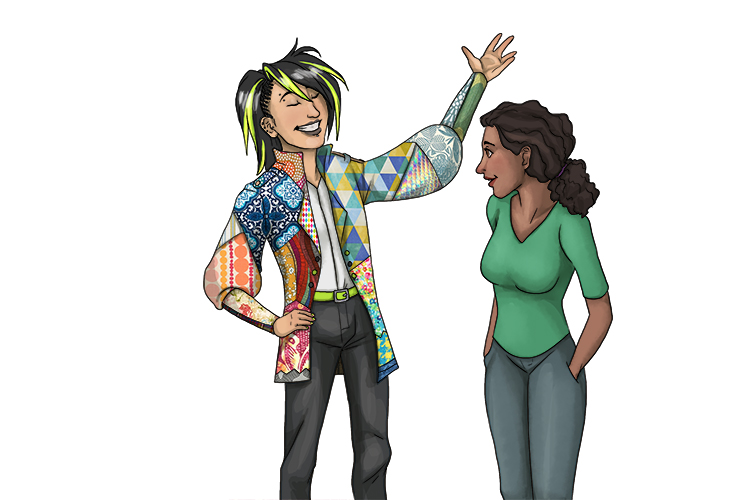

Below, we are going to produce a boro textile on a bag, but this technique can be used for coats, blankets and many other material coverings.
For this project you'll need a tote bag, lots of old scrap fabric, scissors, a needle and embroidery thread. Blue (indigo dyed) fabrics are traditional, but you can use whatever fabric you like.
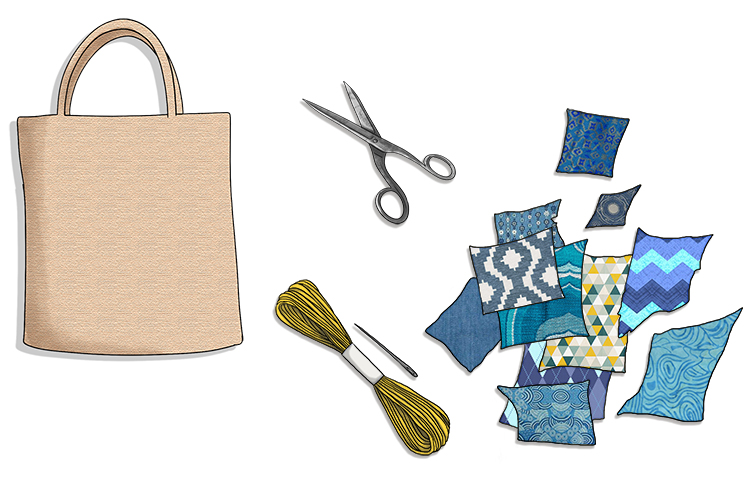
Cut the tote bag down the two side edges and open it up.
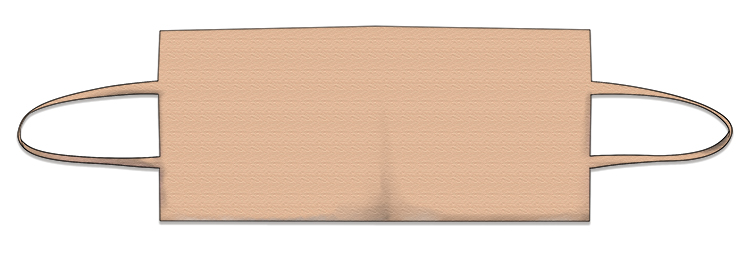
Sew the pieces of fabric onto the bag with a contrasting or bright coloured thread. Overlap the fabric to create an imperfect patchwork effect.
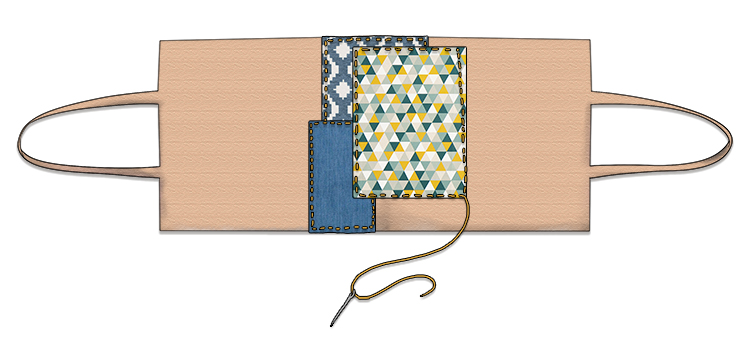
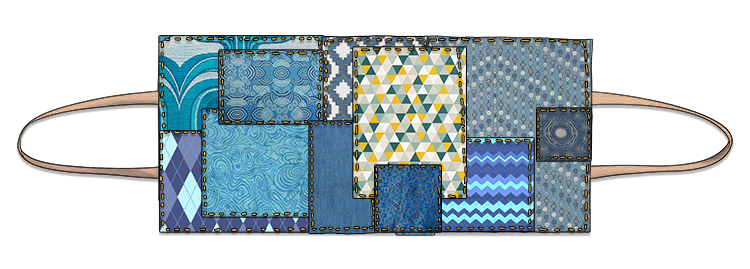
Once your bag is completely covered in fabric, go over the whole bag in a running stitch in a contrasting colour, horizontally and vertically, using a similar technique to Kantha stitching.
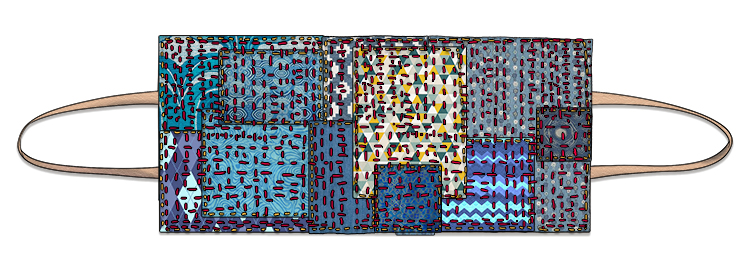
With the bag turned inside out, sew the edges back up again.
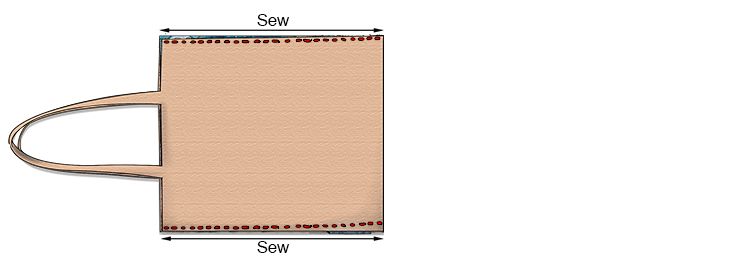
Flip the bag the right way around.
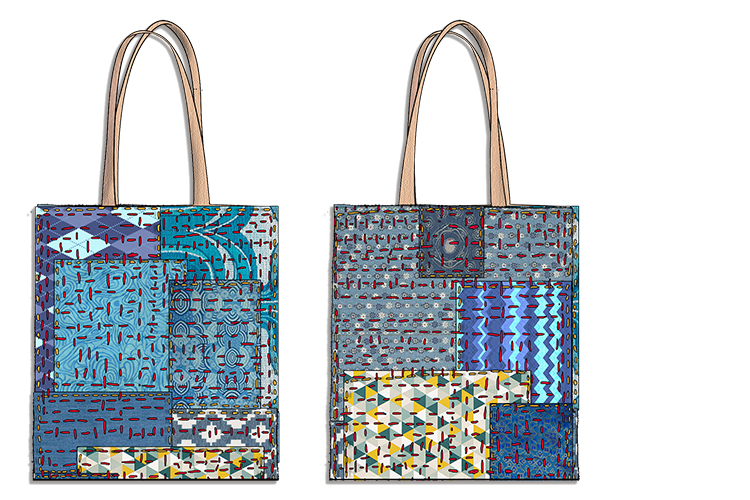
Boro.




